It is saddening to witness repetitions of similar tragic events in history. Recurrences of such dreadful events can even sound farcical when they happen in a very short span of both time and space. This is exactly what is currently happening in the Horn of Africa. It is barely over a decade since the height of the Darfur genocide. One would hope that the international community has been well informed to avoid repetition of Darfur like tragedy anywhere in the world. However, it is depressing to observe that the Darfur crisis is in the process of being replicated in Ethiopia.
In this piece, I will explain how the scale of the crisis unfolding in Ethiopia’s Eastern and Southern regions (and those brewing up in other regions) can have a potential to dwarf the Darfur crisis. The Janjaweed militia (in the case of Sudan) and the so-called Liyyu police (in the case of Ethiopia) are the catalysts for the crisis in their respective regions. For this reason, I will focus my analysis on explaining missions and functions of these two proxy militias.
Sudan’s Janjaweed – Devils on Horseback
In order to draw a parallel between the Darfur and Eastern Oromia, it would prove useful to recap the Janjaweed story. Janjaweed literally means devils on horseback presumably because the Janjaweed often arrived riding horses while raiding and wreaking havoc in villages belonging to non-Arab ethnic groups. The origin of Janjaweed is rooted in a long established traditional conflict primarily over natural resources such as grazing rights and water control among the nomadic Arabized and the sedentary non-Arabized ethnic groups in Chad and Sudan. The Janjaweed militia were initially created as a pan-Arab Legion by the late Mohammed Gadafi in 1972 to tilt power balance in favor of the Arabized people of the region. The key point to note here is that the origin of the Janjaweed as well as the conflict between Arabized and non-Arabized people in the region long predates the Darfur crisis which started in 2003.
The beginning of the Darfur crisis signified a confluence of the traditional conflict between ethnic groups with another strand of conflict in the region – the wider conflict between Sudanese national army and regional liberation movements, the Justice and Equality Movement (JEM), and the Sudan Liberation Movement/Army. The latter was still fighting to liberate what has now become South Sudan. In 2003, the government of Sudan encountered setbacks in its military operations against JEM and SPLA. In its desperate attempt to overcome failures in military front and also cover up for its planned ethnic cleansing in Darfur, the Al-Bashir government applied divide and rule tactic, thereby merging the two strands of the conflicts into one. This was accomplished by organizing, training, arming and providing all necessary logistical support to the Janjaweed militia of the Arabized ethnic group in Darfur. This was how Al-Bashir’s government has engineered ethnic cleansing and undertaken genocide in Darfur with a brutal efficiency, using the Janjaweed as a proxy militia group. The number of people killed in Darfur was estimated to range between 178,000 to 462,000. Human rights groups have documented staggering number of rapes and mass evictions and destructions of livelihoods of millions of people in the region.
Ethiopia’s Liyyu Police – Devils on Armored Vehicles
“Liyyu” is an Amharic expression to mean “special”, so Liyyu police denotes a “special police”. If the Janjaweed are devils on horseback, then Liyyu police can be described as demons maneuvering armored vehicles. It is instructive to examine why, where, and when the regime in Addis Abeba has created Liyyu police.
The Liyyu police was created in 2008 in the Somali People’s Regional State of the ethnically constituted federal government of Ethiopia. It is important to note that like any other regional state, the Somali Regional State (SRS henceforth) has a regular police force of its own. But why was a special police required only for SRS?
The key point is to recognize that Liyyu police is nothing but only a variant of the usual proxy politics that has riddled Ethiopia’s political affair during the ruling EPRDF era. This special force has no separate existence and no life of its own as such but it is just a proxy militia purposely created to cover up for human right abuses that was being perpetrated by Ethiopia’s National Defense Force (ENDF) but also planned to be intensified in its battles against the Ogaden National Liberation Front (ONLF).
The armed wing of ONLF, the Ogaden National Liberation Army (ONLA), has been engaged in armed conflict with ENDF for many years. This conflict reached a turning point in April 2007, when the ONLA raided an oil field and killed 74 ENDF soldiers and nine Chinese engineers. This was followed by frequent clashes between ONLA and ENDF. The conflicts have led to gross human rights violations in the region at a scale unheard before. In its report of early 2008, the Human Rights Watch accused the ENDF for committing summary executions, torture, and rape in Ogaden and has called for donors to take necessary measures to stop crimes against humanity.
In an article entitled “Talking Peace in the Ogaden: The search for an end to conflict in the Somali Regional State (SRS) in Ethiopia”, author Tobias Hagmann observes that the creation of Liyyu police is essentially “indigenization of confrontation”. In other words, the government in Ethiopia established Liyyu police to create a façade that human rights violations in Ogaden and its neighboring regional state are “local conflicts”. This was done pretty much in similar fashion with Sudanese government that resorted to countering freedom fighters in Darfur through the Janjaweed militia. However, unlike the Janjaweed which were already in place, the government in Ethiopia had to assemble the Liyyu police from scratch, applying doggy recruitment methods, including giving prisoners the choice between joining Liyyu police or remaining in jail. The founder and leader of Liyyu Police was none other than the current President of SRS, Abdi Mohammed Omar, known as “Abdi Illey”, who was security chief at the time.
The size of Liyyu militia is estimated to have grown considerably over the years, currently standing at approximately around 42,000. However, any debate over the size of Liyyu police is essentially a superfluous argument, given that there is a very blurred line between ENDF and Liyyu police. After all, it requires an expert eye to distinguish between the military fatigues of the two groups. It has been proven time and again that ENDF soldiers often get engaged in military actions disguised as Liyyu police by simply changing their military uniform to that of Liyyu police. In fact, it is a misnomer to consider Liyyu police as a unit separately operating with different military command structure within the Ogaden region. For all intent and purposes, if we ignore niceties, the Liyyu police is a battalion of Ethiopia’s army operating in the region.
Fomenting Inter-Ethnic Conflict
Liyyu police is a special force with a dual purpose. The first purpose has already highlighted Liyyu as a camouflage for atrocities being committed by ENDF in the SRS, to relegate such atrocities to a “local affair”, as if it is internal conflict between Somalis themselves.
Liyyu’s second purpose is to aggravate the already existing traditional conflicts between Somalis and Oromos over pasture and water resources. ONLA in Ogaden and Oromo Liberation Army, OLA (the military wing of the outlawed Oromo Liberation Front – OLF) have frustrated the Ethiopian army for decades. While OLA has had support all over Oromia, it has traditionally been most active in Eastern and Southern Oromia – Oromia’s districts bordering with the SRS.
Therefore, the EPRDF government realized that it could ride on existing traditional conflicts through a proxy militia to fight two liberation fronts. This was carbon copy of how things were done in Darfur, indicating how dictators learn from each other. Except that the EPRDF had to create Liyyu police from scratch, it acted in similar fashion with the way the Bashir government used the Janjaweed militia in Darfur.
Oromo and Somali herdsmen have traditionally clashed over grazing and water resources but such conflicts have always short-lived due to effective conflict resolution mechanisms practiced by local elders on both sides. These conflict resolution systems have evolved over centuries of peaceful coexistence between the two communities. The EPRDF government’s divide and rule strategy has long targeted to change this equilibrium, and exploit the existing conflict to its advantage.
Conflicts have traditionally arisen when herds arrived at water holes, leading to confrontations as to whose cattle get served first, essentially a conflict over “resource use”, rather than “resource ownership”. Conflicts flare up often among the youth but they were immediately put under control by the elders. Besides, each side are equally equipped with simple tools such as traditional sticks or simple ammunitions, so there has always been power equilibrium. But the regime sought an effective means of aggravating these conflicts by transforming them in to a permanent one.
Such manipulation of the situation was done essentially in two ways. First, supplying deadly modern military equipment, training and military logistics to Liyyu police, thereby destabilizing the existing power balance. Second, and critically, by changing the nature of the conflict from “use rights” to “ownership” of the resource itself. The conflicts were engineered to be elevated from clashes between individual members of communities to that between Somali and Oromo people at a higher scale.
The seeds for conflicts were sown in the process of redrawing borders along adjacent districts of the Somali and Oromia regional states. In this process, the number of contested Kebeles, the lowest administrative units in Ethiopia, were made to suddenly proliferate. Over a decade ago, the number of such contested kebeles already escalated to well over 400. In order to resolve disputes between the two regional states, a referendum was held in October 2004 in 420 kebeles along 12 districts or five zones of the Somali Region. The outcome of the referendum was that Oromia won 80% of the disputed kebeles and SRS won the remaining kebeles. Critically, regardless of the outcome, severe damage was already done to durable good-will in community relationships due to purposeful manipulation of the process by the regime in Addis Abeba before, during and after the referendum.
Once the referendum results were known, all the dark forces bent on divide and rule needed to do was to nudge the Somalis to claim that the vote were rigged during the referendum and hence they should aim to get their territory back by other means, that is to say by force and the Liyyu police was created to do the job.
Since it came into existence, Liyyu’s operations have often overlapped but with varying degrees of intensities across its dual-purposes. During its first phase, Liyyu police focused on operations within Somali region. These operations had much less to do with fighting ONLA but raiding villages and drying up popular support base of the ONLF, in the process committing gross human rights violations at a massive scale. Human rights organizations have widely documented arbitrary detentions, extrajudicial executions, rapes, tortures and ill-treatment of detainees in the region.
Over the years, however, Liyyu’s operations have increasingly focused on the second pillar of the proxy militia’s mission – cross border raids into Oromia. However, Liyyu’s frequent raids into Oromia have not received enough attention from human rights organizations and hence atrocities committed by this proxy militia on Oromo communities over a decade or so has not been well documented. The authorities in Addis Abeba, who have purposefully sown seeds of conflict to aggravate traditional clashes, have often deliberately misreported Liyyu Police raids as “the usual fights” between Oromo and Somali herdsmen but nothing could be further from the truth.
In a desperate attempt to gain popular support from the Somali people, the Liyyu police military adventures have been conducted in the name of regaining territory the SRS lost to Oromia during the referendum of 2004. The evidence one could adduce for this is that every time Liyyu Police encroached into Oromia and occupied a village, they would immediately hoist the Somali flag as a sign of declaring that territorial gains. The proxy militia has done so after attacking and killing large number of civilians and displacing thousands of households in numerous districts in Eastern Oromia: Qumbi, Mayu Mulluqe, Goohaa, Seelaa Jaajoo, Miinoo. Liyyu Police overrun the town of Moyale in Southern Oromia resulting in the death of dozens of people and forcing tens of thousands to flee to Kenya. It was reported that during an attack on Moyale town in Southern Oromia “the 4th army division [of ENDF] stationed just two miles outside the town center watched silently as the militia overrun the police station and ransacked the town. Then the militia was allowed safe passage to retreat after looting and burning the town while administrators of the Borana province who protested against the army complacency were thrown to jail.”
Alliances and Counter-Alliances
The Oromo Peaceful protests erupted on 12th November 2015 and then engulfed the nation, spreading to all corners of Oromia like a forest fire. Oromo Protests ignited Amhara resistance, and then ended up with Oromo-Amhara alliance. It became commonplace to see solidarity slogans on placards carried by protestors both in Amhara and Oromia. It should be noted that Oromo and Amhara population constitute well over two-third of Ethiopia’s population. It was historical acrimony and rivalry between these two dominant ethnic groups which provided a fertile ground for the divide and rule strategy so intensely practiced by the current regime which is dominated by the TPLF, the Tigrean People’s Liberation Front. The Tigre ethnic group account for less than 6% of Ethiopia’s population.
The Oromo-Amhara solidarity sent shock waves among the Tigrean ruling elites. The Oromo Protest, Amhara Resistance and other popular protests elsewhere in Ethiopia exposed the fake nature of the coalition in the ruling party, the Ethiopian People’s Revolutionary Front (EPRDF). It has always been an open secret that EPRDF essentially means TPLF (the Tigrean People Liberation Front). The remaining parties, especially the OPDO (Oromo People’s Democratic Party) was cobbled up in haste from prisoners of war when TPLF was approaching Addis Abeba to control power by ousting the military junta back in 1991. However, even the so-called OPDO – lately joined by the Amhara National Democratic Movement (ANDM) – felt empowered by the popular protests in their respective regions sending a clear sign that TPLF was about to be left naked with its garbs removed.
Now that the Tigreans realized that they cannot reply on dividing Oromo and Amhara any more, they resorted to another variant of divide and rule – fostering alliance between minorities to withstand the impending solidarity between the two majority ethnic groups. This strategic shift was elucidated by two most senior TPLF veterans, Abay Tsehaye and Seyoum Mesfin, in their two-part interview conducted (in Amharic) with the government affiliated Fana Broadcasting Corporation. The TPLF-dominated-EPRD’s new strategy was to present the Oromo-Amhara coalition as a threat to the minority ethnic groups, such as Tigre and Somali. The regime has already experimented pitting minority against majority at different scales: Tigreans against the rest of Ethiopians at national scale, Somali against Oromo at regional scale, and many more similar fabricated divisions at regional and local levels in many communities across Ethiopia. What is new is the fact that these two relatively separate strands are explicitly brought together and extensively implemented at national scale.
In addition to the interview cited above, one can adduce more evidences to illustrate the new machination by the Tigre and Somali political and security alliance. For instance, there was an incidence in which Amhara popular uprising caused some ethnic Tigreans to get relocated from the Amhara regional state. What happened next raised eyebrows of many observers: Abdi Mohamoud Omar, SRS President who rules his people with iron fist, declared his cabinet’s endorsement to “donate 10 million birr for displaced innocent Ethiopian people [Tigreans] from Gondar & Bahir Dar cities of the Amhara regional state”.
Further evidence regarding the maneuvering of minority alliance with deadly intent comes from Aigaforum, a TPLF mouthpiece. In an article entitled “Liyyu Police: The Savior”, the website came up with the following jumbled up assertion: “they [Liyyu Police] are from the people and for the people of Somali region; to protect the honor and dignity of their own people and overall Security of the region, and Ethiopia at large. This special force has a mandate primarily to protect the people of [the] region, to secure and stabilize the aged conflict in Somali region of Ethiopia. This Special force is not like a tribal militia from any specific clan or sub-clan in the region, rather they are holistic and governmental arms —who are well screened, registered and recruited from kebeles and woredas and trained [as per the] standards [of] Ethiopian military training package and armed with modern military equipment. Besides being regional state special forces; they are part and parcel of Ethiopian arm[y].”
In an overzealous effort to glorify the devilish proxy militia, aigaforum inadvertently exposes TPLF by admitting that actually Liyyu Police is part and parcel of the national army, a fact the TPLF politicians have never admitted in public.
Towards full-scale atrocity?
The alliance between Tigre elites and Abdi Mohammed Omar’s cabinet got manifested in the transformation of Liyyu police’s mission from sporadic military excursions to full scale invasion of Oromia. This started by deploying Liyyu police in Oromia to attack and disburse peaceful protestors. For instance, based on eye witness accounts Land-info reported that starting from January 2016 Liyu Police was being used against Oromo demonstrators in many locations, including in Dire Dawa and Bededo.
By the third quarter of 2016, popular protests did not only intensify but literally covered most parts of the country. However, protests that were inherently peaceful were transformed into confrontations between the protestors and the security forces because the latter have already mowed down the lives of hundreds of innocent civilians during the previous months. In a desperate attempt to hang onto power, the TPLF dominated regime enacted a State of Emergency (SoE) on October 8, 2016.
An essential component of the SoE is securitization of many regions and transport corridors in Ethiopia. Particularly, Oromia, the birth place of the latest popular protest, was literally converted into a “high security prison” and Oromos were effectively “put under house arrest”. Oromia’s regional government was made redundant, being replaced at all levels by Military Command Posts, a form of local and regional government by a committee of armed officers. This was exactly the way it has been for the most part of the previous two decades except that the SoE signaled a temporary move to direct control by the military, abandoning the all too familiar indirect controls through puppet civilian parties such as OPDO.
Soon after the SoE was enacted, Abdi Illey declared an all-out war and the Liyyu Police was unleashed on all fronts along the Oromia and SRS boundary, stretching over a total of close to 1200 km. According to information from the Oromia Regional State, the 14 districts affected in the latest wave of Liyyu Police invasion are: Qumbi, Cinaksan, Midhaga Tola, Gursum, Mayu Muluqe and Babile in East Hararghe; Bordode in West Hararghe; Dawe Sarar, Sawena, Mada Walabu and Rayitu in Bale; Gumi Eldelo and Liban in Guji; and Moyale in Borana. It is highly significant to note that there is at least 500 km “as the-crow-flies” distance between Qumbi (extreme North East) and Moyale (extreme South West). Therefore, the sheer number of districts affected, the physical distances between them, and the simultaneous attacks at all fronts indicate that Liyyu’s latest invasion of Oromia is a highly sophisticated and coordinated military adventure which can only be understood as planned by the TPLF-dominated regime’s military central command.
The SoE was enacted with explicit intention of laying information blackout all over Ethiopia, particularly in the highly securitized Oromia Regional State. For this reason, it is difficult to obtain reliable estimates on victims of Liyyu’s invasion of Oromia. Human Rights Watch (HRW) has been receiving reports that dozens of casualties have been, including many civilians in Oromia but “[R]estrictions on access have made it difficult to corroborate details.” Locals indicate that Liyyu police have so far killed large numbers of civilians. Oromo civilians have given up with the hope of getting any meaningful protection from ENDF, given that by now it has become an open secret that the latter is complicit in the invasion. Consequently, in a desperate act of survival, Oromos have organized a civilian defense force. Based on incidents of confrontation between Liyyu Police and Oromo civilian defense force around 23rd February 2017 in Southern Oromia, the Human Rights League for Horn of Africa (HRLHA) reported about 500 people were killed, over 200 injured. If so much destruction has happened in a few days and few districts, then it is possible to imagine that wanton destructions must have been happening during several months of Liyyu police’s occupation in all districts across the long stretch along the Oromia-Somali region boundaries. Opride, an online media, reported: “Mothers and young girls have been gang raped, according to one Mayu resident, who spoke to OPride by phone. He said the attacking Liyu Police were fully armed and they moved about in armored vehicles brandishing machine guns and other heavy weapons. They stole cattle, goats, camels and other properties.”
Publicity and Accountability
When it comes to publicity and awareness, Darfur and Eastern Oromia can only be contrasted. Although it did not lead to avoiding large-scale atrocities, the international community got involved in the case of Darfur at much early stage of the crisis. On the contrary, it is well over a decade now since Abdi Illey’s Liyyu police began rampaging in Ogaden as well as Oromia but the international community has chosen to turn a blind eye to the regional crisis, which has gained momentum and now nearly getting out of control.
Perhaps the reason gross human rights violations by Liyyu Police has been ignored or tolerated by the international community lies in the fact that some donors have been directly implicated in financing and supporting the paramilitary group. For instance, the British Press has repeatedly accused DFID for wasting UK tax payer money on providing training to the Somali Liyyu Police. Similarly, there are evidences to suggest that the notorious proxy militia has also been funded by the US government. It is no wonder then that the UK, US, and the rest of the international community have ignored for so long the unruly Liyyu Police’s military adventures in Ogaden and Oromia.
Last week, the HRW released a report entitled Ethiopia: No Justice in Somali Region Killings. This report is timely in raising awareness of the general public as well as drawing the attention of authorities in the UK and the US, who are most directly implicated with financing the militia group. However, I would hasten to add that what has been lacking is the political will to act and curb the activities of Liyuu police. Starting from 2008 the HRW has released numerous similar reports but this did not stop the atrocities the paramilitary group is committing from escalating over the years.
The HRW’s report asserting that “Paramilitary Force Killed 21, Detained Dozens, in June 2016”, indicates that the report is anchored on an incident that happened in SRS about ten months ago. Although the focus of the report was on the particular incident in SRS, it has also highlighted Liyyu Police’s latest atrocities in Oromia. As indicated in the report, the SoE related movement restrictions means the HRW had to release the report on the incidence in SRS with ten months delay. Clearly, HRW and other human rights organizations could not undertake any meaningful independent assessment on the damages caused by the latest invasion into Oromia. The point here is that while HRW has been grabbling with conducting inquiries into a case in which dozens of people were killed or detained in SRS in mid-2016, Liyyu police has killed and abducted hundreds in Oromia since the start of 2017.
The TPLF dominated EPRDF regime in Addis Abeba has long started sowing the seeds of divide and rule strategy coupled with deliberate acts of fomenting conflicts between different communities. The motivation is pretty clear –it is an act of survival, a minority rule can sustain itself only if it turned other ethnic groups against each other. The case of Liyyu Police and its latest invasion of Oromia fits into that scheme.
If not addressed timely and decisively, Liyyu Police’s invasion of Oromia has a potential to turn into a full-blown atrocities that is likely to dwarf what happened in Darfur. Clearly, the tell-tale signs are already in place. Genocide Watch, the international alliance to end genocide, states that “Genocide is always organized, usually by the state, often using militias to provide deniability of state responsibility (the Janjaweed in Darfur.) Sometimes organization is informal (Hindu mobs led by local RSS militants) or decentralized (terrorist groups.) Special army units or militias are often trained and armed. Plans are made for genocidal killings.”
In Ethiopia, this situation on the ground is rapidly changing and it requires an urgent response from the international community.


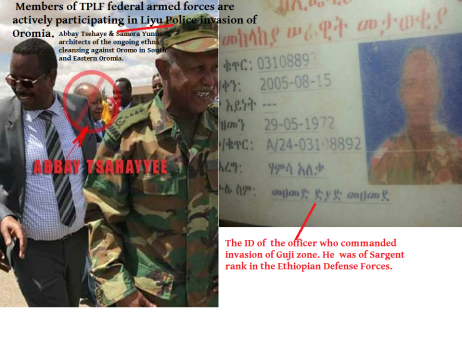

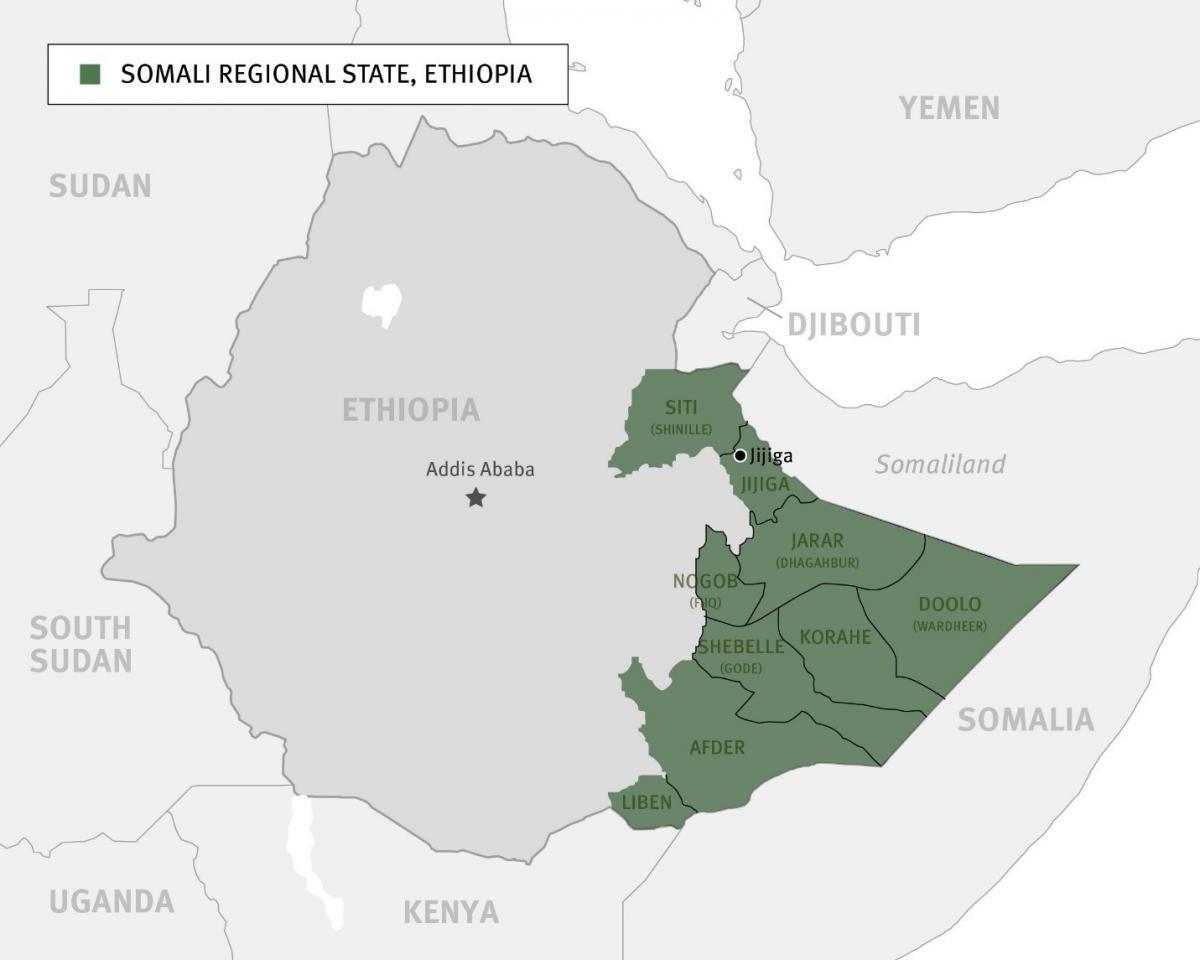




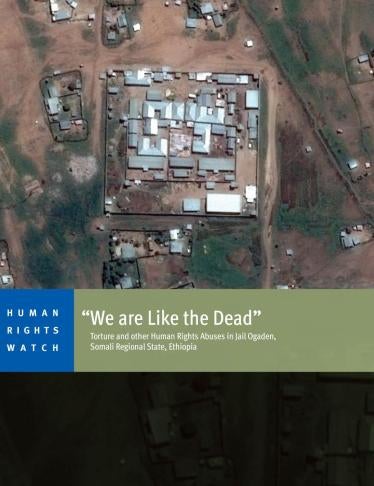
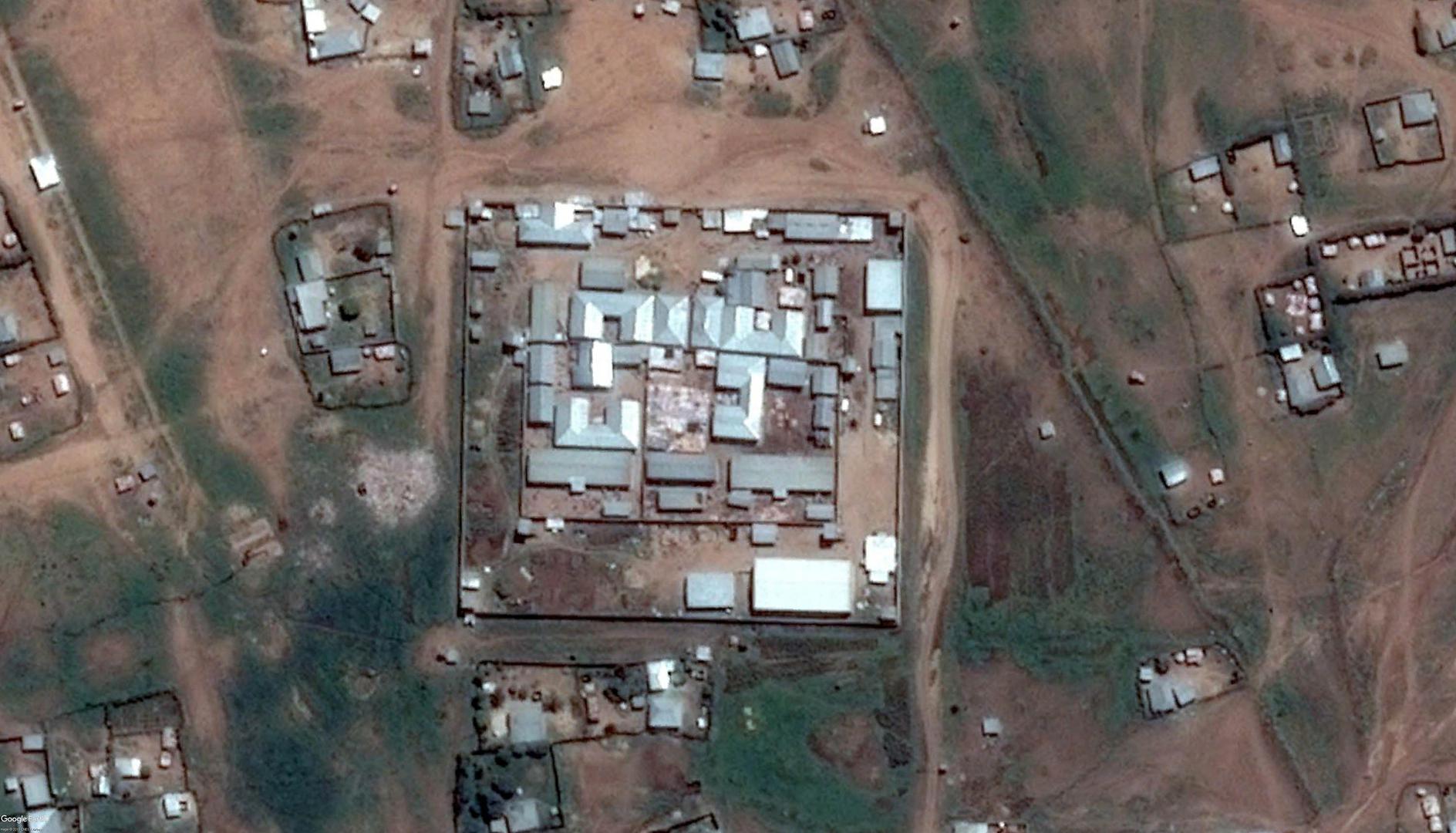
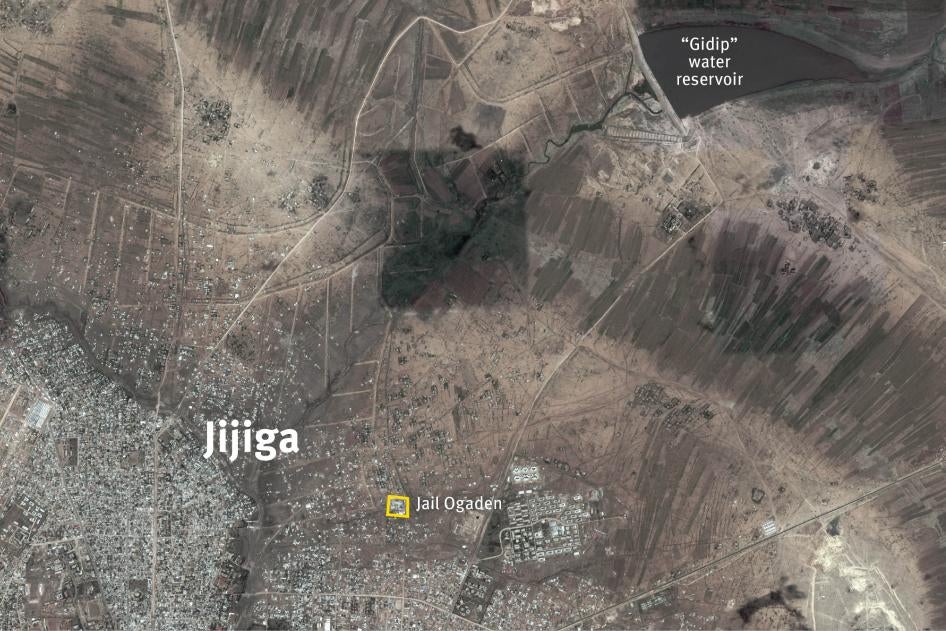
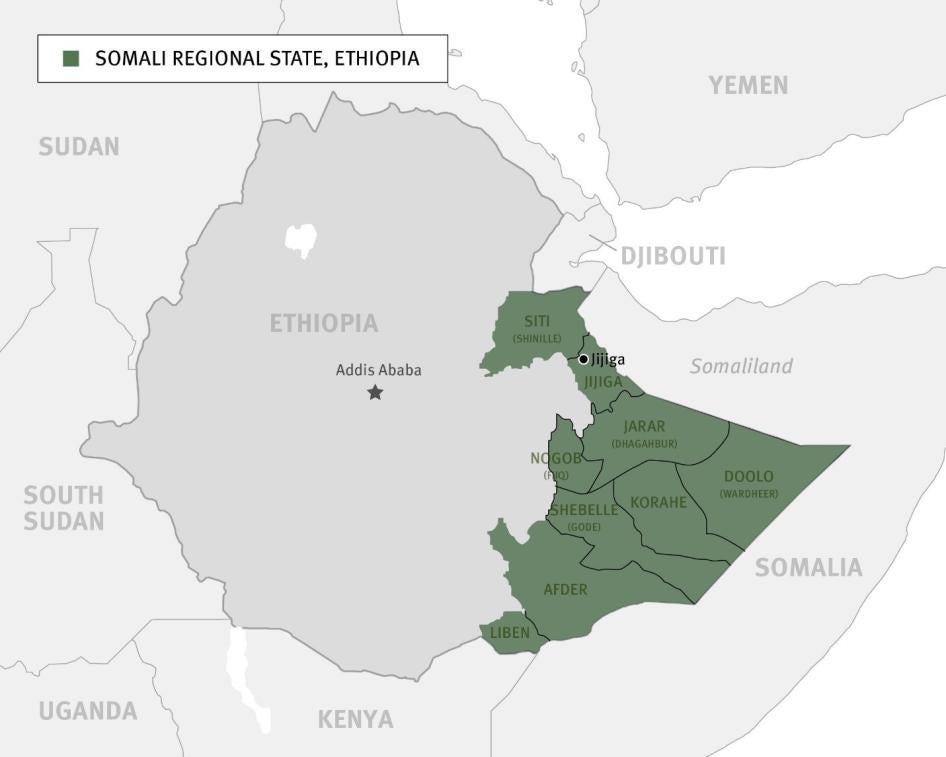


 Fascist TPLF’s Agazi forces conducted another mass killings in Hameressa IDP camp.
Fascist TPLF’s Agazi forces conducted another mass killings in Hameressa IDP camp.









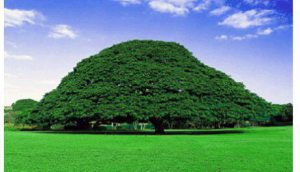

























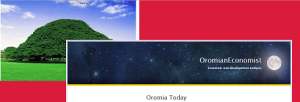











You must be logged in to post a comment.